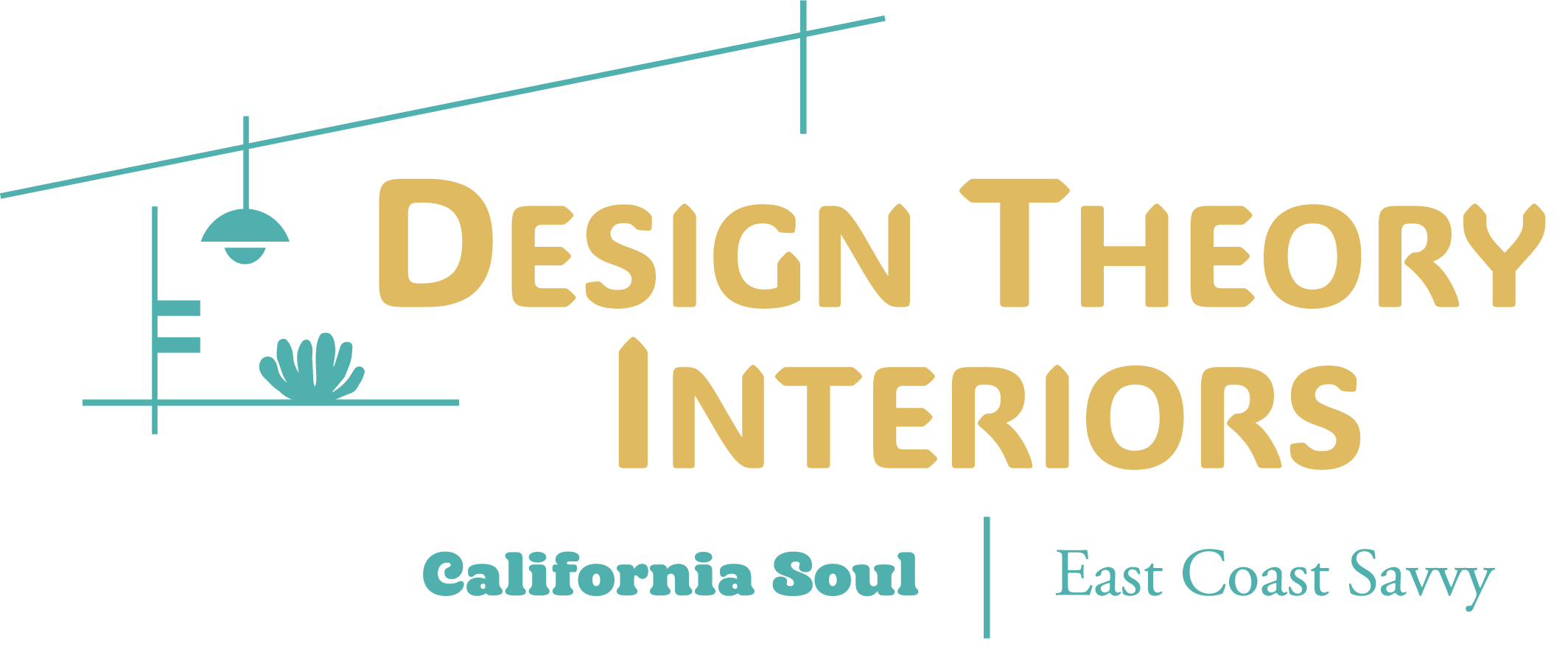Interior Designer Do’s and Don’ts
Interior Designer Dos and Donts
DON’T double dip your fabrics. By double dipping I mean don’t use the same fabric twice. If you’ve already used that cool geometric for your master window treatments, don’t repeat it as a throw pillow or a bedskirt. Is it going to look horrible if you do that? No, of course not. But it’s those tiny details that set the designer and the decorator apart.
DO use coordinating fabrics. Instead of re-using that cool geometric in your window treatments, find fabrics that compliment and coordinate for pillows, bedskirts, etc. A large geometric can pair with a solid, a smaller scale print, or a great textured fabric. Those layers of fabrics add depth to a space and they show just how much thought you put into the fine point
DON’T be afraid to mix gold and silver. Isolating one specific metal finish went out the window with banning white after labor day. I like the depth and the visual interest that occurs when you can blend the two metallics.
DON’T short yourself on accessories. I can’t say this enough. The biggest mistake I see clients make is cutting the accessory budget short. A room full of wonderful furniture will look bare-boned, incomplete and mucho unfriendly. Interior design is in the details.
DO trust your interior designer to accessorize. The other big mistake I see clients make is in thinking they can save money by accessorizing on their own. In the end, the accessories are often too small and too few and have no connection to the design intent of the space. Yes accessorizing can be expensive. But not as expensive as trying to do it yourself only to have to pay someone to re-do it for you later. I’m a fan of spending my money once and getting it right the first time.
DON”T over analyze individual accessory items. While I’m on a roll with accessories, let me also point out that you will only make yourself crazy if you over analyze each individual accessory item. A designer spends a considerable amount of time assessing the overall space and how each accessory, it’s placement, size, finish, and shape will enhance the design. In one instance I placed a lovely silver metal vase with a textured finish in an area of a client’s home where it would receive light from a directional fixture. The light would enhance the texture, creating something visually quite interesting. In the end the client was insistent that the texture just wasn’t “them” and I had to replace the vase with something similar in a smooth finish. The end result was not only lackluster, but the smooth finish shows every fingerprint. Sometimes it’s nice to introduce something outside your comfort zone to add some interest and conversation.
DO embrace the animal in you. A taste of an animal print, a pair of shed or faux antlers, an oversized ceramic dog, or better yet, a modern chair or table with an animal leg. Even if you’re working in a highly contemporary space, the introduction of the animal form will add intrigue. Let’s not over do it. A hint or even a subtle theme is nice but please don’t cover all of your upholstery in leopard print AND every table surface with a ceramic pig.
DO think organic. Introducing something of nature is like warm cocoa on a cold rainy day. I love using a modern side table with a petrified wood top or a tree trunk table in almost any style interior.
DO visit the dark side. Black is a must in every space to create depth and perspective. And it can be achieved with something as simple as a throw pillow, black frames on artwork, or ebony legs on your dining chairs.
DO use oversized accessories. Large accessories in focal areas will have a much greater impact than a collection of small items. For instance, a 42″ diameter mirror above and a 40″ sculpture or vase atop a buffet or sideboard on a blank wall will attract attention and will appear clean and elegant. The same buffet covered with small items can look messy, disproportionate or even get lost if not done extremely well.



